Rewiring Tumor Microenvironment Improved Pancreatic Cancer Treatment
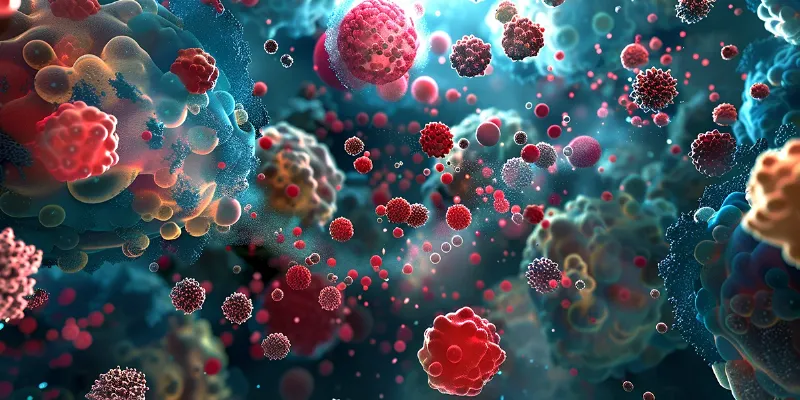
30 July 2025
A new study published in Cancer Cell reveals that blocking a key nutrient-scavenging process in pancreatic tumors reprograms the tumor microenvironment—reducing fibrosis, enhancing T cell infiltration, and improving drug delivery. In preclinical models, combining the macropinocytosis inhibitor EIPA with anti-PD-1 therapy or gemcitabine significantly suppressed tumor growth, and extended survival—offering a potential strategy to overcome PDAC’s treatment resistance.
Pancreatic cancer remains one of the deadliest malignancies, in part because its tumors build an impenetrable fortress of fibrous tissue that resists both immune attack and drug delivery. But new research offers a compelling strategy to weaken these defenses—by cutting off a key nutrient scavenging process and reprogramming the tumor’s cellular neighborhood.
Researchers at Sanford Burnham Prebys, a National Cancer Institute-designated cancer center, have shown that inhibiting macropinocytosis—the mechanism pancreatic ductal adenocarcinoma (PDAC) cells use to siphon nutrients from their surroundings—alters the behavior of nearby connective tissue cells known as cancer-associated fibroblasts (CAFs). These changes, in turn, remodel the tumor microenvironment in ways that significantly improve responses to both immunotherapy and chemotherapy in preclinical models.
“These CAFs are among the cells surrounding the tumor, and they will support tumor growth by providing metabolites and growth signals, as well as helping in other ways,” said Dr. Yijuan Zhang, lead author and staff scientist at Sanford Burnham Prebys.
In PDAC, CAFs typically assume a myofibroblastic phenotype (myCAFs), producing dense collagen and stiffening the tumor tissue—a hallmark of the disease’s resistance to treatment. But when researchers pharmacologically inhibited macropinocytosis using EIPA, they observed a shift in CAFs toward an inflammatory phenotype (iCAFs) characterized by increased immune signaling.
This stromal reprogramming resulted in dramatic physiological changes: reduced collagen deposition, increased infiltration of CD4+ and CD8+ T cells, and expansion of blood vessels within the tumor. These modifications not only softened the tumor’s defenses but also allowed for more effective therapeutic delivery.
The team then combined EIPA with either anti-PD-1 immunotherapy or gemcitabine chemotherapy. In both settings, tumor growth was suppressed, micrometastatic spread was reduced, and survival significantly extended in mouse models.
“Most pancreatic CAFs are myofibroblasts that promote stiffness and density in the tumor microenvironment and make it more difficult for immune cells and drugs to reach the tumor,” said senior author Dr. Cosimo Commisso, interim and deputy director of the cancer center. “Our experiments led to a subtype reprogramming with fewer myofibroblasts and more inflammatory CAFs, and we wondered how this change would affect the overall tumor microenvironment.”
Importantly, the researchers also discovered that the transition from myCAFs to iCAFs was driven by MEK-ERK signaling under metabolic stress, suggesting a targetable pathway for future drug development.
“There were fewer deposits of collagen that make the tumor microenvironment stiff or fibrotic, more access for CD4+ and CD8+ T cells to infiltrate the tumor, and vascular expansion, which means a widening of blood vessels that can promote drug delivery,” said Zhang. “Our findings were similar when using EIPA as a pre-treatment before using the chemotherapy gemcitabine. In addition to synergistically suppressing tumor growth in mice with PDAC, it also reduced the spread of micrometastases in the lungs.”





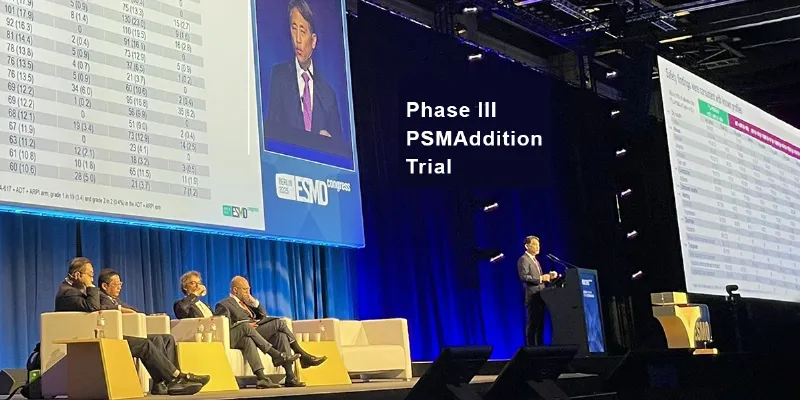
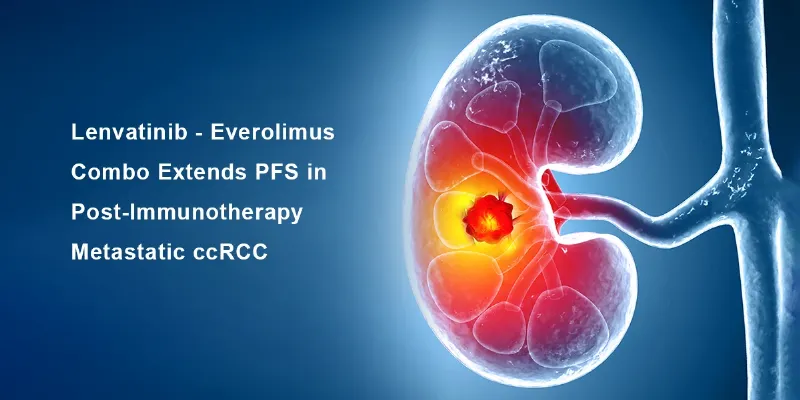
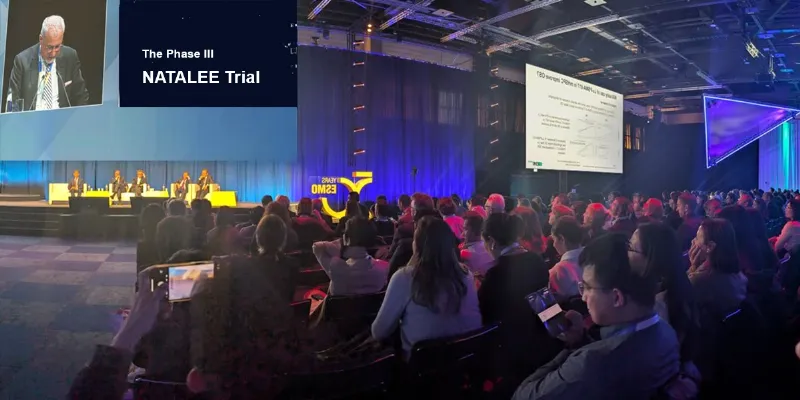
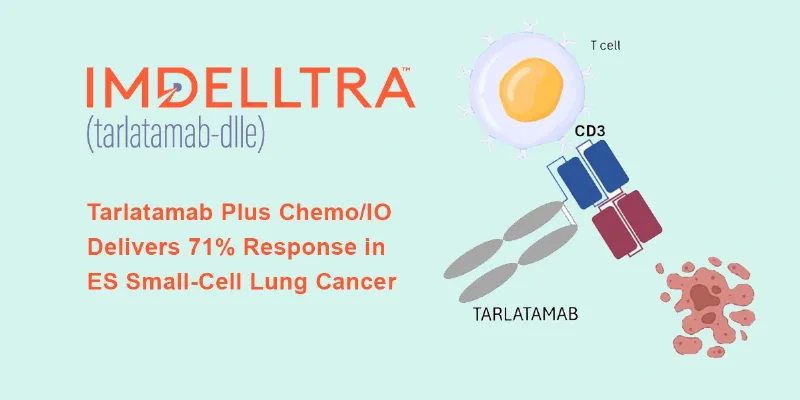


Comments
No Comments Yet!